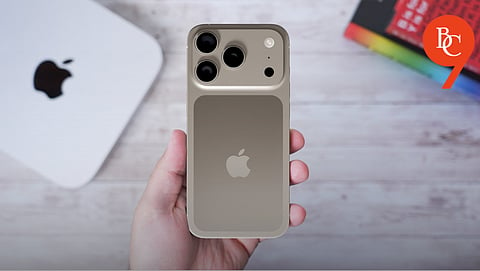

Apple is preparing to make a bold design move with its upcoming iPhone 17 Pro, reversing one of the most significant decisions made with the launch of the iPhone X in 2017. The iPhone X famously eliminated the physical home button and Touch ID, ushering in an era of all-screen design and Face ID facial recognition. Now, industry insiders and supply chain leaks suggest that Apple is poised to bring back a familiar feature—potentially reshaping how users interact with their iPhones.
With the iPhone 17 Pro, Apple is expected to reintroduce under-display Touch ID, allowing users to unlock their phones and authenticate payments with a fingerprint—without sacrificing the edge-to-edge display. This move would effectively reverse the iPhone X’s all-in commitment to Face ID and bring back a feature many users have missed.
While Face ID is fast and secure, some users prefer the convenience and reliability of fingerprint authentication, especially when wearing masks or in low-light conditions. Advances in under-display sensor technology now allow for fast, accurate Touch ID integration without compromising screen quality or device thickness.
Many Android flagships already offer under-display fingerprint sensors, and Apple’s return to Touch ID would keep the iPhone competitive in the premium segment.
Early reactions from tech analysts and Apple enthusiasts have been overwhelmingly positive. Many see the move as a sign that Apple is listening to its user base and balancing innovation with practical usability. The combination of Face ID and Touch ID is expected to set a new standard for smartphone security and convenience.
The iPhone 17 Pro is expected to debut in September 2025, with more details likely to emerge as Apple finalizes its hardware and software features. As anticipation builds, all eyes will be on how Apple’s reversal of the iPhone X design decision shapes the future of mobile technology.
